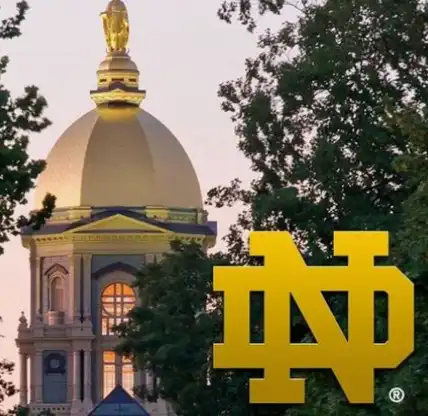PHOTOS: Officials Begin to Plot Course for HVNP Reopening
Hawai‘i Volcanoes National Park has been closed for more than 100 days.
Sixty-nine collapse-explosion events have occurred at the summit of Kīlauea and the area has experienced over 1,800 earthquakes a month, said HVNP Public Information Specialist Jessica Ferracane.
HVNP closed on May 11, when activity at Kīlauea reached an unprecedented level. The last collapse-explosion was on Aug. 2, 2018.
Although volcanic activity has subsided, Ferracane said that park scientists are not ready to say this is over, adding that park officials base their decisions about reopening the park on science.

Large cracks in Crater Rim Drive are among the hazardous damage to Hawai‘i Volcanoes National Park’s ]nfrastructure from the more than 18,000 earthquakes a month between May to August 2018. July 17, 2018. PC: Crystal Richard
“We are mobilizing a team of experts to come in to the park conduct full, thorough assessments of park damage, like road damage, Thurston lava tube, water lines, historical structures and buildings,” Ferracane said. “Then we will be able to move forward with what to repair, what’s a priority, how do we fund it and what do we open.”
Prior to all that happening, park management is looking actively into what parts can open as soon as possible and assessing whether or not there are parts of the park that can be opened before all these assessments are completed.
“We think we have an idea of what won’t open—the Jaggar Museum and Thurston Lava Tube—until full assessments can be done,” Ferracane said.
She said officials are considering opening some areas, including Devastation Trail and Chain of Craters Road, for what Ferracane described as a more “coastal experience.”
Currently, the entire park is without water, and repairing water lines will be an expensive project.
Ferracane said there are many ideas regarding what the reopening might entail, but safety is the priority.
“The changes are staggering here at the crater,” stated Ferracane.

Hawai‘i Volcanoes National Park is filled with thriving ohelo berries, a staple to the nene and sacred in Hawaiian culture. Here, the ohelo is flourishing with Halema‘uma‘u in the background on July 17, 2018. PC: Crystal Richard

Now quadrupled in size, Halema‘uma‘u Crater from just above Jaggar Museum at the Triangulation Station in Hawai‘i Volcanoes National Park on July 17, 2018. PC: Scott Cate

The view of Halema‘uma‘u Crater from the overlook in front of the Jaggar Museum on July 17, 2018. PC: Crystal Richard

Large cracks in Crater Rim Drive are among the hazardous damage to Hawai‘i Volcanoes National Park’s infrastructure from the more than 18,000 earthquakes a month between May to August 2018. July 17, 2018. PC: Crystal Richard

Hawai‘i Volcanoes National Park Public Information Specialist Jessica Ferracane takes in the new view of Halema‘uma‘u, which has quadrupled in size since magma began to drain from the summit in May. July 17, 2018. PC: Crystal Richard

The Jaggar Museum and crater overlook remain closed due to extensive damage from the intense seismic activity from early May to Aug. 2 in Hawai‘i Volcanoes National Park. August 17, 2018. PC: Crystal Richard

Fire Information Officer Mike Theune standing in front of cracks caused by increased seismic activity on Crater Rim Drive in Hawai‘i Volcanoes National Park on Aug. 17, 2018. Theune is based in the Sequoia-Kings Canyon National Park. He is on island to assist efforts fighting the Keauhou fire. The human-caused fire is now 90% contained and holding at 3,700 acres burned. PC: Crystal Richard

A lonesome nene sounds it’s call under an ʻōhiʻa lehua tree in front of Kīlauea Military Camp in Hawai‘i Volcanoes National Park on July 17, 2018. PC: Crystal Richard

The backside of Halema‘uma‘u Crater, looking towards Jaggar Museum and the summit of Kīlauea from the Keanakakoi side of Hawai‘i Volcanoes National Park on July 17, 2018. PC: Scott Cate

Hawai‘i Volcanoes National Park has been closed for 100 days due to volcanic activity. PC: Crystal Richard















